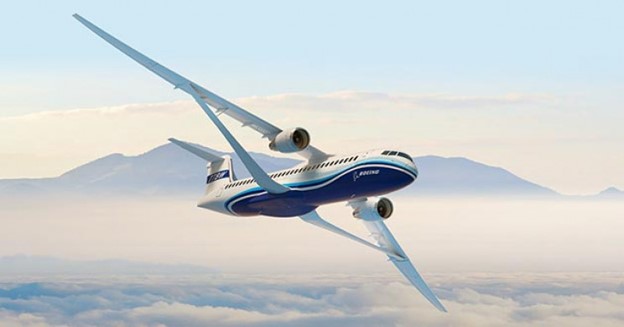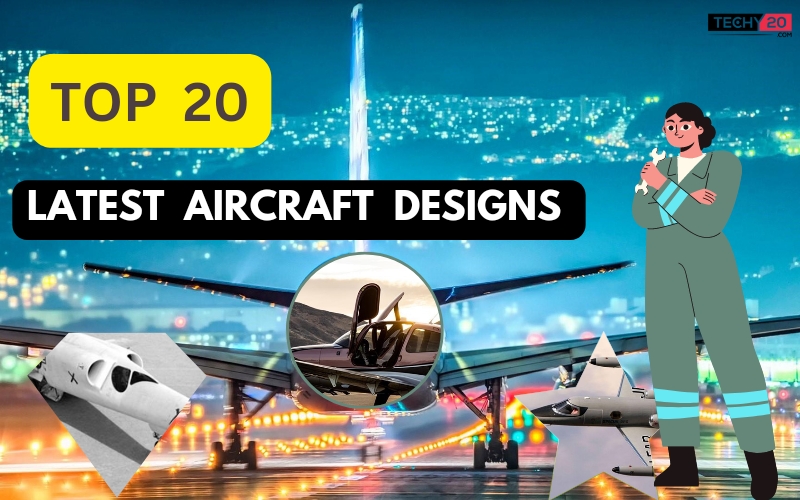Fighter jets are arguably the most vital aircraft of any air force. Their undertaking is both to shield the airspace and assault the enemy. They must be speedy, stealthy, and capable of carrying heavy payloads and supplies with pinpoint precision. So, a fighter must be notably advanced to be exact on the modern battlefield. Most fighter jets in present-day armies belong to the 4th technology. They are maneuverable, carry superior radars, and are extraordinarily adaptable. 5th generation fighter jets are the modern-day and the maximum superior machines. Not handiest do they’ve stealth characteristics, but they are additionally prepared with ultra-modern avionics, statistics links, and sensors.
1. X-15
The quickest military aircraft ever constructed, the X-15 was designed in the Nineteen Fifties and reached speeds that to these days seem unfathomable. The black rocket aircraft reached hypersonic speeds, speeds past Mach 5, topping out at Mach 6.7. Released from a B-fifty two at round forty-five,000 toes, the X-15’s pilot might hearth up the Reaction Motors XLR99 rocket engines, each producing 57,000 pounds of thrust (translating to half of one million horsepower). The energy could simplest final for 2 minutes. However, throughout that time the plane could attain as excessive as 345,300 feet (that’s a climbing price of one hundred fifty,000 fpm). The rest of the flights, of which the X-15 completed 199, became carried out in a waft.
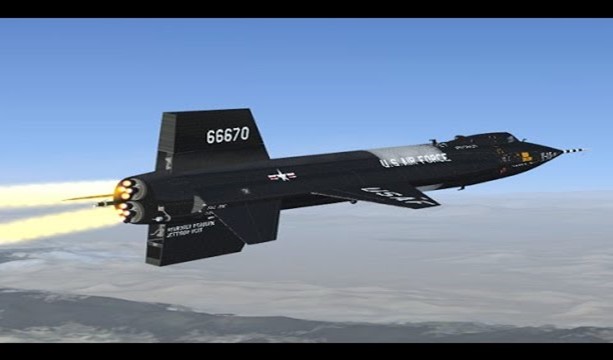
2. Cirrus SR22
The SR22 took the general aviation global by using a typhoon in 2001 and has been the first-rate-selling single-engine 4-seat plane for over a decade. With its composite construction and armed with an airframe ballistic parachute, this smooth Cirrus gave even new pilots the self-belief to take the controls of this type of high-overall performance system. Ryan Campbell flew the SR22 in 2013 while he became the youngest pilot to circle the globe solo. Meanwhile, the parachute machine is credited with saving more than 100 lives.
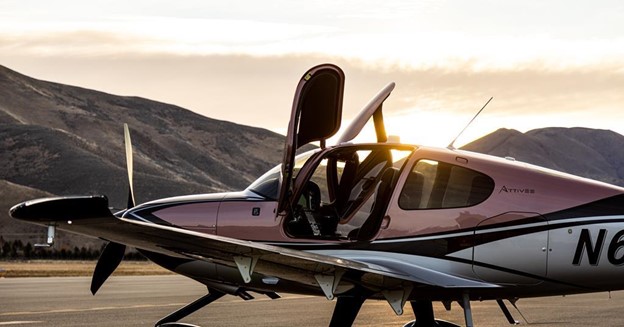
3. Learjet 23
In1960, Bill Lear moved to Switzerland from his home in California to form the Swiss American Aviation Corporation, to redesign the FFA P-16 ground attack fighter prototype. It failed, and Switzerland ultimately canceled its order for the SAAC-23 ExecutJet. But that did not deter Lear, who constructed on its potential and moved back to the U.S. To fabricate his govt version. Lear’s insight that there was a rising market for govt commercial enterprise travel brought about the development of the Learjet 23, which marked the sunrise of a new global of fast and efficient commercial enterprise aircraft.
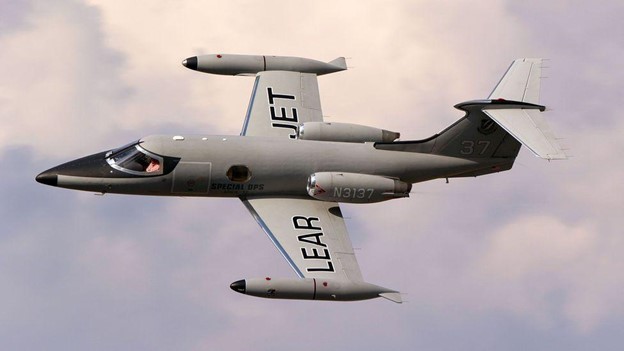
4. Space Shuttle
Days retired Space Shuttle fleet made its first release in 1981 when the Space Shuttle Columbia was released into orbit. With a max gross takeoff weight of 4. Five million kilos, the Shuttle traveled as fast as 17,500 mph. The solid rocket boosters fired up as tons as 5. Three million pounds of thrust to blast the automobile off the floor and far from the pull of gravity. At approximately an altitude of 24 nautical miles, the boosters had been jettisoned and the three significant engines provided the Space Shuttle with 1.2 million kilos of thrust, or 37 million horsepower. The Space Shuttle became a spaceship and now not an “aircraft” till re-entry.
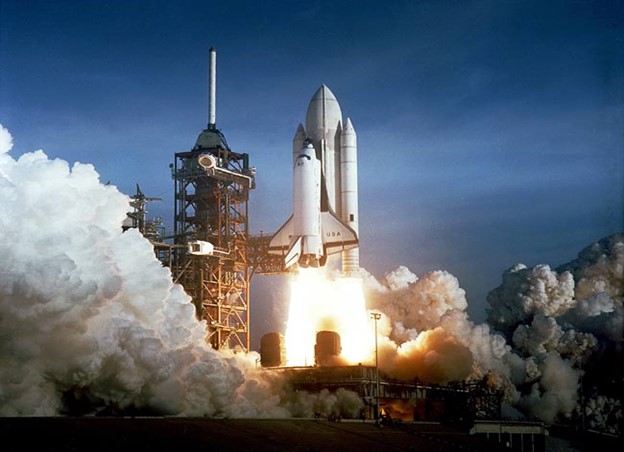
5. Bell-Boeing V-22 Osprey
Launched manner again within the Eighties, the Bell-Boeing V-22 Osprey remains a remarkable sight nowadays. The aircraft — it is both a helicopter and a set-wing-mode craft — makes use of tilting giant rotor blades to transform itself from a VTOL craft into a fixed-wing dual-turboprop. To defend against what could be a catastrophic loss of one engine, the design of the Osprey links the 2 rotors together so if one engine fails, the last proper engine will power both props. As a complex and fast-wing plane, the V-22 can hasten to three hundred knots at altitude. Not horrific for a craft that also can land in a subject about the size of its rotors’ footprint.
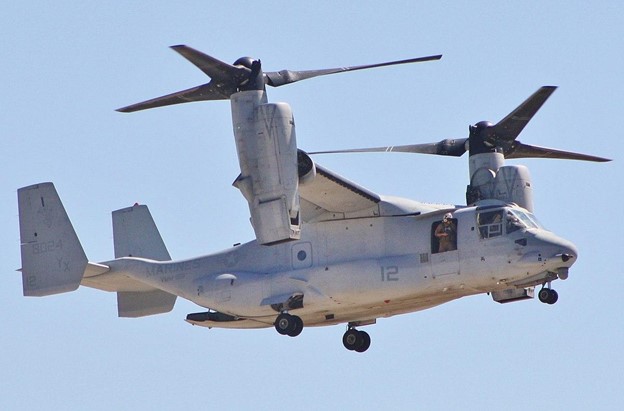
6. F-22 Raptor
Some have classified it as the most successful preventing system in the world. The unmarried-seat, stealth F-22 Raptor is the primary fifth-generation fighter inside the U.S. Army’s arsenal. It is now proving itself in its first combat roles within the Middle East but faces no airborne foe worth of a fight. With a radar signature the size of a marble, the Raptor is the handiest fighter jet that could engage more than one air and floor objective simultaneously, making it a potential danger.
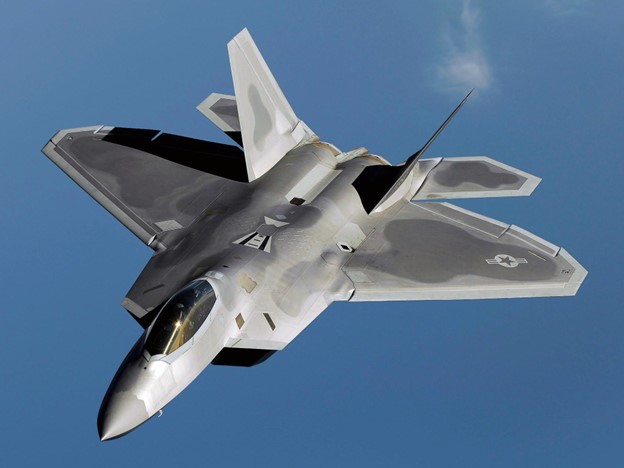
7. Carbon Cub
But the low and gradual flying the Carbon Cub gives is what many pilots of speedy planes crave. A modern-day version of the cherished Piper Cub, the Carbon Cub is the product of, you guessed it, carbon fiber materials, making it golden and robust. The Carbon Cub Sport SS is so mild that it easily suits the light game class. With a Titan 340CC engine generating one hundred eighty horsepower for takeoff, the Carbon Cub can get off the ground in less than one hundred toes and climb at more than 2,000 ft according to the minute at sea stage, making this little taildragger a great platform for backcountry amusing.

8. B-17
Strapping on a jet-powered wing, leaping out of an airplane, and flying in formation with a B-17 bomber may additionally all sound like wild ideas, but Yves Rossy, aka Jetman, has finished all three in one flight. His non-bendy strap-on wingsuit has four JetCat P200 mini-mills, the kind used on version jet airplanes, each generating about 50 kilos of thrust in spurts to keep Jetman aloft. The wing spans 6.5 feet, weighs about one hundred twenty kilos with gasoline and smoke, and travels at an average velocity of approximately 108 knots.
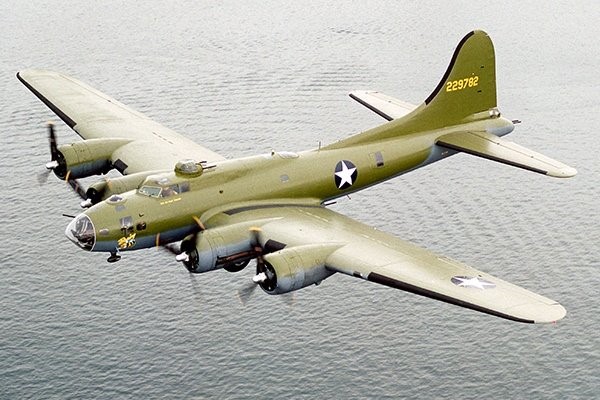
9. X3 Stilleto
The X3 shocked aviation fanatics when it blew away the speed document for helicopters in 2013. At 255 knots, the X3 is faster than most propeller-pushed airplanes. The aircraft has quickly fixed wings, every with a propeller providing forward thrust through one among two 2,270-horsepower Turbomeca RTM322 turboshaft engines established underneath the oversized principal rotor, which permits the aircraft to climb vertically and hover. The ultra-speedy X3 can also climb at 5,500 fpm and financial institution at angles as much as 140 stages in degree flight and as much as 40 degrees in a hover.
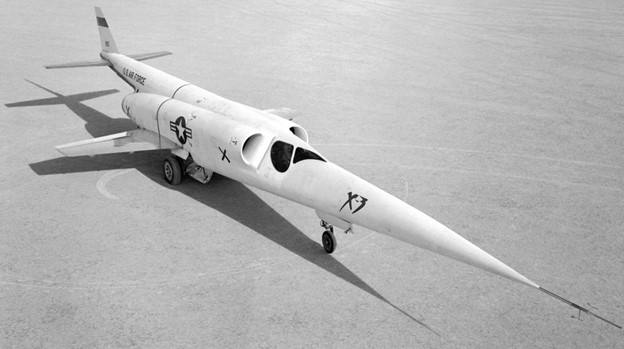
10. Aerocar
Molt Taylor’s two-seat Aerocar became an excellent design that mixed plane and vehicle in a package that added a credible plane and a reputable automobile. To transform road use, the pilot would indeed fold the wings returned, making them a ready-to-roll trailer, stow the support and force away the usage of the same Lycoming O-320 that powered the airplane’s prop. The transfer from plane to a vehicle or from automobile to aircraft took only a few mins, and the resulting automobile turned into sincerely proper if now not high-performance in any regard. The car may want to do around 60 mph on the road and the airplane cruised at almost 100 knots with a modest variety of 300 miles.
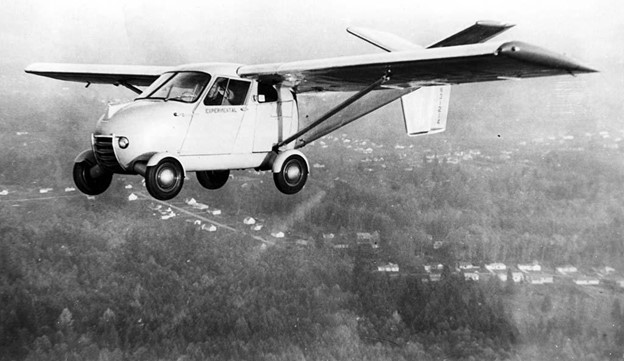
11. Flying-V
Yet every other very futuristic aircraft is the so-called “Flying-V”. This concept plane has been evolved via KLM, and its designers envisage sitting passengers in its wings. Whether or now not the design becomes inspired via Jetliners from Fallout 4 or now not is all people’s wager, but this sincerely is a progressive layout idea. Much like Airbus’ MAVERIC, this setup must extensively reduce gas intake over longer distances. This is because it will each lessen the overall weight of the craft in addition to improving aerodynamics.
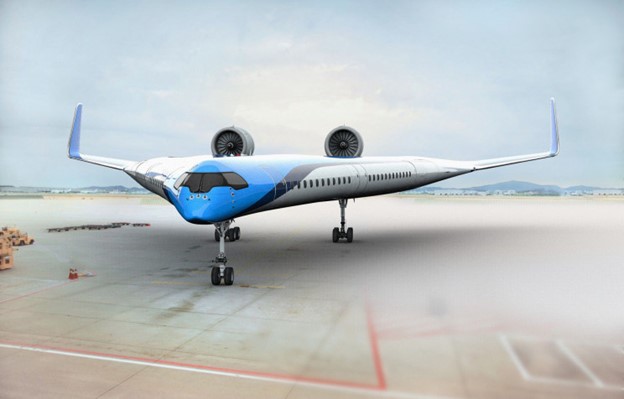
12. EADS Voltair Futuristic Plane
The EADS VoltAir Plane is yet some other futuristic-looking plane concept. This all-electric passenger liner is smooth and sustainable and could help revolutionize air journeys all the time. It is supposed to be powered through batteries and will be taken to the air as soon as 2035. It is likewise touted as being an exceptionally lightweight craft and could handiest make quick journeys wearing simply 50 to 70 passengers if ever found out.
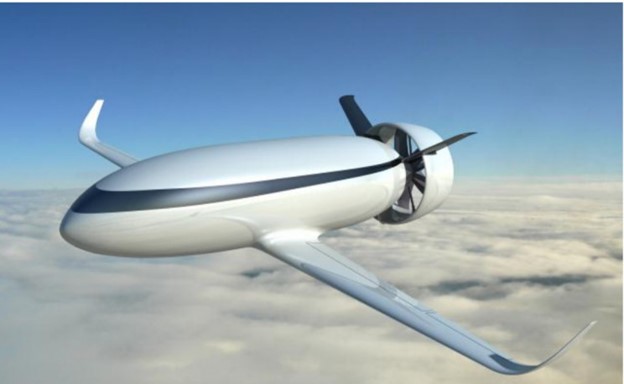
13. Victor Uribe
Victor Uribe’s A350h Airliner sincerely wouldn’t appear out of place in a sci-fi movie. Looking extra like a residing element than a machine, this aircraft was seemingly stimulated by way of the shape of a dolphin. This concept aircraft is designed for vertical takeoff and landing which, if ever found out, could store the need for lengthy runways. According to the clothier, this is also a green plane being powered by using cryogenic hydrogen stored in excessive-pressure tanks.
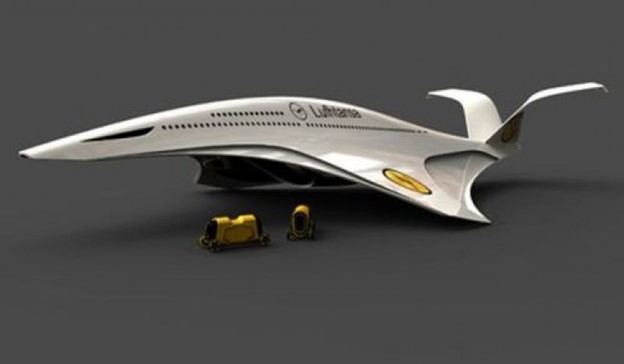
14. Aquatic Jet
Designed through Tomas Brødreskift, this idea aircraft does shape the invoice as a futuristic aircraft. This futuristic aircraft is, in step with the dressmaker, a SeaSTOL VLJ (Short Take and Landing Very Light Jet). STOL VLJis his vision of the destiny of seaplanes.”The SeaSTOL VLJ is designed for touring at the altitude and distance of a light jet aircraft without sacrificing a seaplane’s specific capability to land on water. The craft has a small pod for a cabin that may seat five to 8 human beings and rests on two boats. The wheels for a ground landing come out of the boat and live safely tucked interior in the course of water landings.” – Trend Hunter.

15. Synergy Aircraft
Designed and advanced with the aid of John McGinnis, the Synergy Aircraft reportedly handiest used 10% of the fuel of a regular jetplane of the same length. Featuring both a futuristic design and era, it can fly at forty mph consistent with a gallon. While only a tiny five-seater plane, this futuristic aircraft also appears super, and its layout may be very aerodynamic.
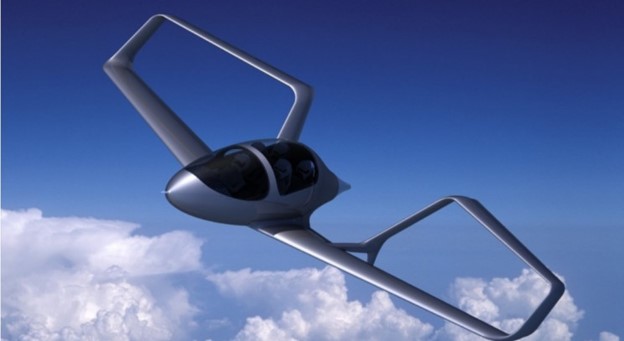
16. MonsterJumbo
This concept of the jumbo jet seems like something from destiny. Designed by Phil Pauley, this twin-winged business jetliner indeed is something else. As jetliners are becoming more prominent and greater gas-green over time, this aircraft layout capabilities a whopping quad deck to cram in as many passengers as possible. Called the “Monsterjumbo,” this futuristic plane layout seems an enterprise.
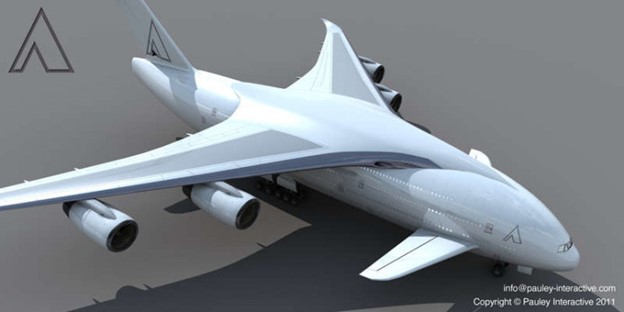
17. Progress Eagle
The “Progress Eagle” genuinely does seem like a plane from destiny. Designed via Oscar Viñals, this, he believes, will be the future of jetliners. Its layout may be particular, and, in step with Viñals, has a seating capacity for 800 passengers over 3 decks. The aircraft is also green by being powered by using six hydrogen gasoline engines, as well as carrying rear electric powered windmills and included sun panels.
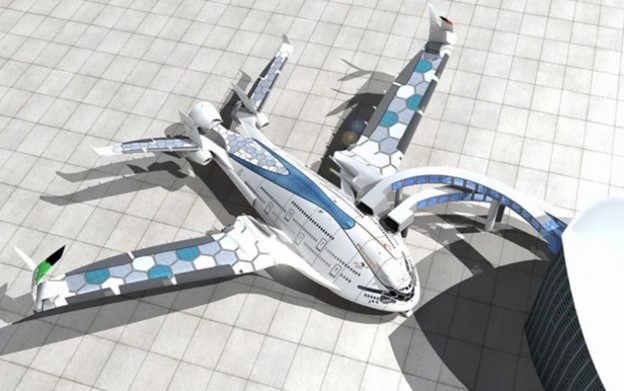
18. Spruce Whal
And subsequently, this concept aircraft might just be the very definition of a futuristic plane. Designed using Reindy Allendra, the “Spruce Whale,” WB-1010, is an exciting vision of the destiny of aviation. The plane, in line with the clothier, could be constructed from but-to-exist substances and generations and is envisaged to be a truth sometimes closer to the top of this century. Weight is also reduced using pumping helium into its fuselage. This futuristic plane can also harvest wind electricity at some stage in flight with the use of its rear-hooked-up strength converter module.
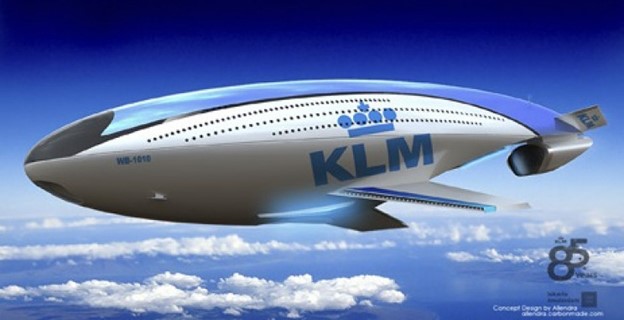
19. HerO Zero Emissions Airplane
This subsequent plane truly does the appearance and feels like a futuristic aircraft. Called the Hero Zero Emissions Airplane, developed with the aid of Joe Doucet, it has been dubbed the “Tesla of the Skies.” Apart from its exciting design, this plane is meant to be a 0-emission electric plane. For this reason, the name. While presently the best idea aircraft, this could be the sort of aircraft that all people may be touring in the not too distant future. At present, the concept envisages using batteries and electric mills to energy the whole lot on the plane, which includes it is three rear-hooked-up propellers.
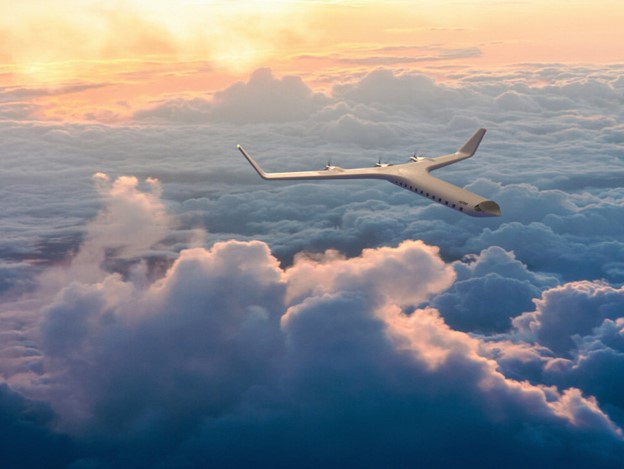
20. Transonic Truss-Braced Wing (TTBW)
While most of the plane’s design is nothing you wouldn’t expect, it does characteristic a unique truss-bracing to its wings. According to its designers, this feature should allow the aircraft to fly higher and quicker than non- and different truss-braced wings concepts- eighty, which is consistent with the speed of lots of nowadays’s jetliners.
